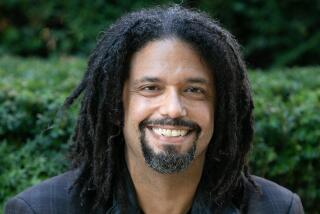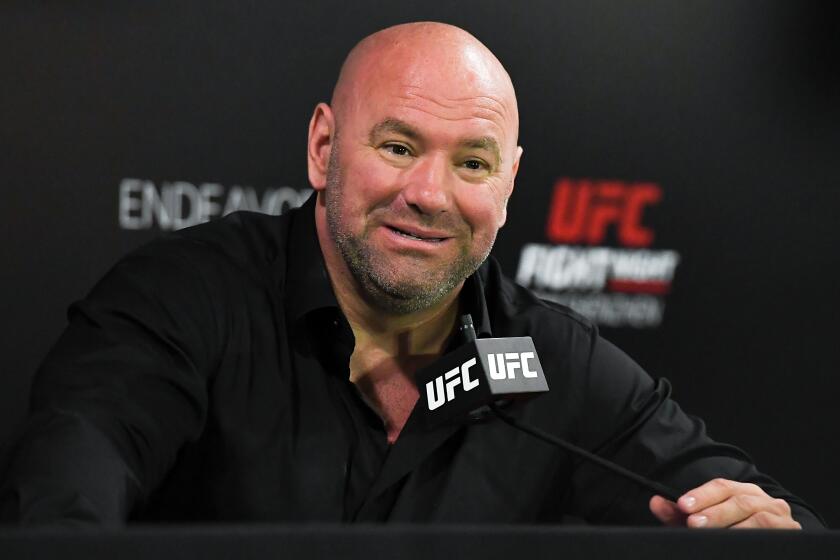The Black Lights INSIDE THE WORLD OF PROFESSIONAL BOXING by Thomas Hauser (McGraw Hill: $16.95; 257 pp.)
The title of Thomas Hauser’s unique profile of the gritty, manipulative and brutal world of professional boxing comes from a remark made by Muhammad Ali in his salad days, before several decades of blows to the head subdued his cockiness somewhat. “They say when you get hit and hurt bad you see the black lights of unconsciousness. But I don’t know nothing about that. I’ve had 28 fights and 28 wins. I ain’t ever been stopped.”
Hauser’s is the first book that I know about to give outsiders a close-up look at the machinations of the business of boxing, as well as its dubious and controversial status as a major contemporary sport. He does this by following closely the evolution of a single title bout: the Nov. 3, 1984, superlightweight championship fight between Billy Costello and Saoul Mamby. The story of how this fight came to be and its outcome is interspersed with an encyclopedic amount of data about the sport as well as juicy quotations from the odd band of driven men associated with the sport: promoters, trainers, managers, physicians, boxing association administrators, network and cable TV executives, sportswriters and sportscasters, as well as (almost as an afterthought) the boxers themselves.
“Boxing people are a special breed,” Hauser tells us, and “The Black Lights” makes a good case for his contention. There is Mike Jones, Billy Costello’s manager, who sees his work as noble and heroic despite his awareness of the underlying brutality of the sport. “To understand boxing,” Jones says, “you have to understand tradition and what it takes to get inside a ring. . . . You have to grasp the reality of smashed faces and pain, and understand how they can be a part of something courageous, exciting and beautiful. . . . I can look you square in the eye and tell you boxing is beautiful--the purest sport in the world.”
Compare Mike Jones’ exalted opinion of the sport with Howard Cosell’s recent assessment of boxing, made after his decision to never again announce a professional boxing match on television: “Professional boxing is no longer worthy of civilized society. It’s run by self-serving crooks, who are called promoters. They are buttressed with the look of nicety about them by the television networks, which are in fact corrupt and unprincipled in putting up the front money that continues boxing in its present form. Quite frankly, I now find the whole subject of professional boxing disgusting. Except for the fighters, you’re talking about human scum, nothing more. Professional boxing is utterly immoral. It’s not capable of reformation. I now favor the abolition of professional boxing. You’ll never clean it up. Mud can never be clean.”
Between the concept of “the purest sport in the world” and the muddy, scummy condition of that sport as described by Cosell, “The Black Lights” steps delicately. Paradoxically, the strength of the book--its objectivity about a very controversial subject--is also its weakness. That is, although Hauser documents the atrocities and horrors of professional boxing in unsparing detail, he refuses to take a stand on it, blandly asserting in the very first chapter that “The reality of life is that we live in a violent world.” Yes, we do, but that hardly seems justification for the socially sanctioned exploitation, greed, carnage, dishonesty and human suffering chronicled in this book. Like many of us, Hauser forgets all this when mesmerized by the undeniable fascination of a well-matched championship fight. “The Black Lights” is fascinating as well--particularly when the illuminati of this dimly illuminated sport speak for themselves. And it is also compelling as a study of the intricate and elaborate wheeling and dealing surrounding the staging of a major championship fight.
But the image that most stays with me from it is Hauser’s description of Saoul Mamby’s face the moment a Billy Costello left uppercut “fashioned in hell” landed flush on his jaw: “A geyser of blood spurted into the air, splattering the canvas and spectators at ringside. Only the strength of the muscles in his legs kept the challenger from collapsing. And in that moment, two looks flashed across his eyes like the end of a bad dream. The first look was that of a dying animal about to be torn apart by a beast of prey. The second was a snarl of savage hatred and fury.” This is very good writing about a human activity that is becoming more and more difficult to justify as “sport.”
More to Read
Go beyond the scoreboard
Get the latest on L.A.'s teams in the daily Sports Report newsletter.
You may occasionally receive promotional content from the Los Angeles Times.










